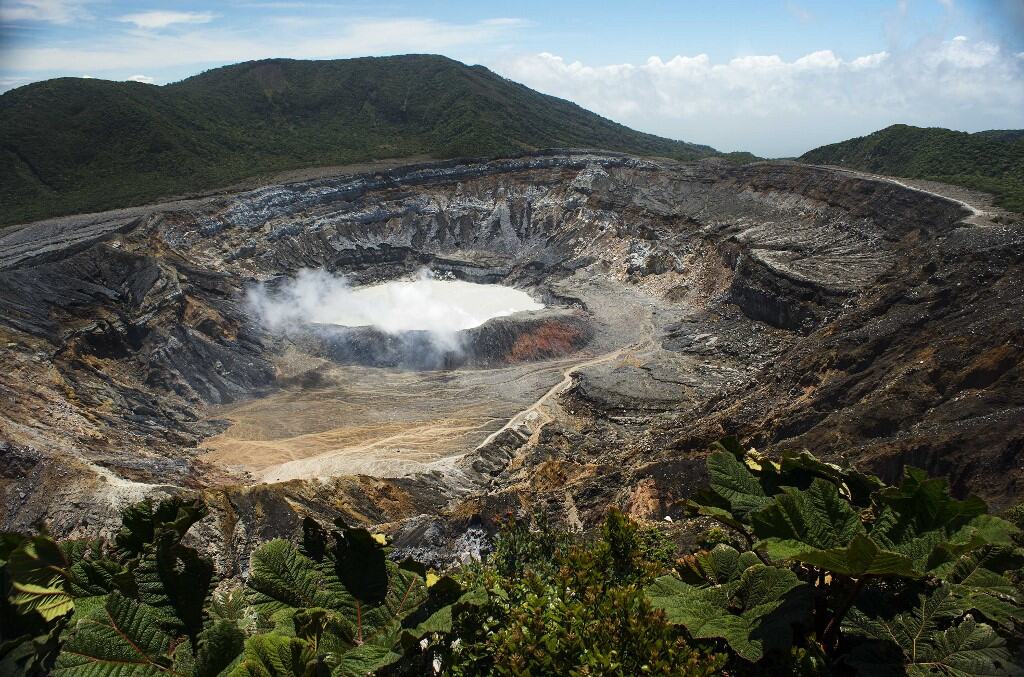Costa Rica’s Poás Volcano erupted forcefully sending an ash column 300 meters into the sky, according to the Volcanological and Seismological Observatory (OVSICORI). This followed an earlier eruption that day, when a plume of gases and ash rose 200 meters above the crater, signaling a troubling uptick in activity at one of the country’s most active volcanoes.
OVSICORI experts report continuous explosions at the C mouth of the crater, with ash-laden columns reaching heights of up to 400 meters. The plume is drifting southwest, carried by prevailing winds, and has blanketed nearby areas with fine ash. Volcanologist Maarten de Moor highlighted the unusual persistence of the eruptions. “What stands out is the continuity of the eruption. There’s significant activity, with a lot of energy released by explosions. We don’t know how long it will last,” he explained.
Monitoring data shows no signs of the volcano calming down. On Wednesday, March 26, sulfur dioxide emissions hit 600 tons per day, a high level consistent with earlier reports of 691 tons on March 18 and 844 tons in mid-March. “The eruption is progressing continuously. We’ve seen no decrease in seismic activity or degassing,” de Moor noted, underscoring the potential for prolonged unrest.
OVSICORI has raised Poás Volcano to alert level 3, indicating caution, while the National Emergency Commission (CNE) issued a yellow alert for Poás Volcano National Park—closed indefinitely—and a green alert for seven surrounding cantons: Alajuela, Poás, Grecia, Sarchí, Naranjo, Río Cuarto, and Zarcero. This follows weeks of heightened activity, prompting officials to monitor the situation closely.
The Ministry of Health has urged residents to stay vigilant as ash fall intensifies, posing risks to air quality and public health. “If you experience nasal congestion, cough, difficulty breathing, throat irritation, eye redness, burning, skin issues, or gastric discomfort, seek care at the nearest health center,” officials advised. With no end in sight, authorities and scientists are bracing for what could be an extended volcanic episode







